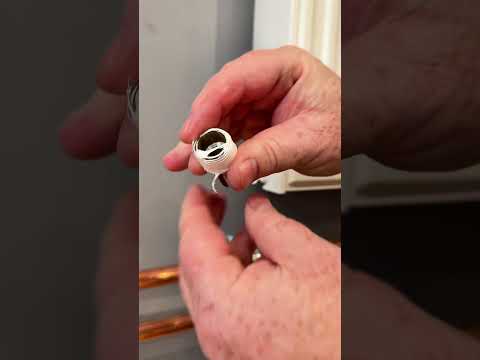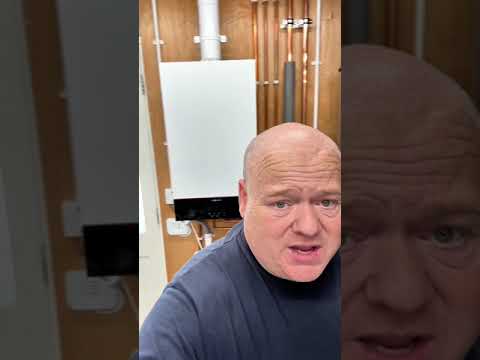How to Repressurise a Heating System - How to Top Your Boiler
Hey everyone, it's your friendly plumber here, and today I want to talk about something that can save you a lot of headaches in maintaining your heating system. Specifically, we're diving into how to repressurise your boiler to keep those heating flows steady and efficient. If you've ever been caught in a cold house because of low boiler pressure, you'll understand why knowing the ropes is essential.
So let’s cut to the chase. If your boiler pressure drops below the recommended level, you might find yourself dealing with heating issues that can be annoying to say the least. Repressurising a boiler isn’t as daunting as it seems, and I'm here to walk you through the steps to make it super easy.
Check out my video on [how to repressurise a boiler](https://www.youtube.com/watch?v=ytL2fHZXLRQ), where I break down the entire process step by step. I’ll show you how to safely and effectively top up the boiler pressure without calling in a professional – unless you want to, of course.
First things first, if your boiler has a pressure gauge, keep an eye on it. Ideally, your pressure should sit between one and two bars, depending on your system. When it dips below one bar, it’s time to step in.
Next, find the filling loop. This is usually a flexible pipe connected to your boiler. It can sometimes be hidden away, so don’t be afraid to dig around a bit. Once you find it, make sure both valves are closed before adding water. Then, open the valve gently to start filling the system. Keep an eye on that pressure gauge as you go.
When the gauge hits the right level, close the filling loop valves again. Double-check everything to ensure there are no leaks and you’re all set to get your heating back on track.
Being hands-on and learning these simple tasks can save you cash and time in the long run. Plus, the confidence boost you get from tackling plumbing issues is unbeatable.
Remember, if you are ever unsure or if the problem persists, don’t hesitate to reach out to a professional. And don’t forget to check out my video for a visual guide on this process. Happy plumbing everyone!



